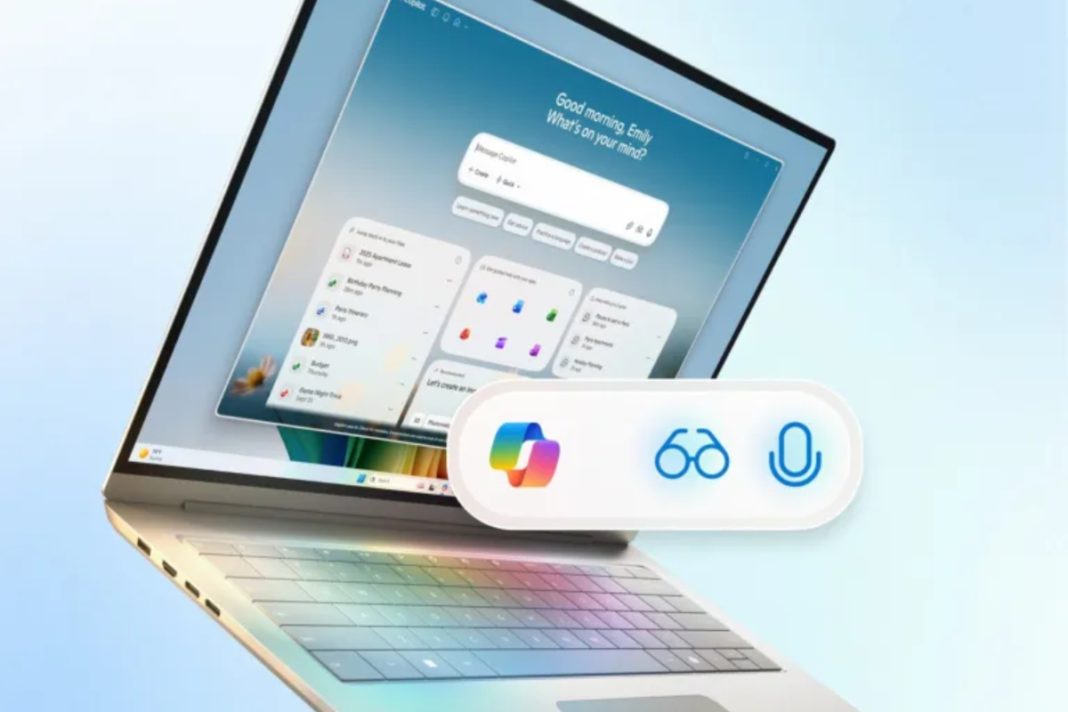Microsoft Copilot Gets Voice Control in Major Windows 11 Update
Microsoft has launched a transformative update for Copilot on Windows 11, introducing voice interaction that lets users control their PC by speaking. This marks a crucial step in Microsoft’s vision to make Windows a fully AI-native platform.
Key Takeaways
- New “Hey Copilot” voice command for hands-free AI interaction.
- Copilot Vision can now “see” your screen to provide on-screen guidance.
- Deep integration with Windows Settings, Office apps, and cloud services.
- All features operate on explicit user consent for data access.
Voice and Vision: The Core Upgrades
The headline feature is Copilot Voice, available in regions where Copilot is supported. Users can start conversations with “Hey Copilot” and end them with “Goodbye”. This opt-in feature enables complete hands-free operation for tasks like summarizing webpages, scheduling meetings, drafting emails, or editing Word documents.
Complementing this is Copilot Vision, which gives the AI the ability to analyze what’s displayed on your screen. It can read tables from images, scanned documents, and PowerPoint slides, then provide real-time guidance through visual highlights and step-by-step demonstrations.
Enhanced Integration and Privacy
Windows 11’s interface now features an “Ask Copilot” button on the taskbar with quick access to Voice and Vision features. Microsoft emphasizes that Copilot doesn’t directly access files or applications—it uses the same Windows APIs as Windows Search and requires explicit permission for every access request.
Future Capabilities in Development
Microsoft is testing Copilot Actions with Windows Insiders, focusing on local file management including organizing images, correcting photos, deleting duplicates, and extracting PDF data. Users will be able to monitor these background processes in real-time.
Copilot Connectors will bridge Microsoft and Google ecosystems, linking with OneDrive, Outlook, Gmail, Google Calendar, and Contacts. Once authorized, Copilot can retrieve personal data like calendar appointments or cloud documents and pass them directly to Office applications.
Simplified System Management
The integration extends to Windows Settings, where users can voice commands like “make the screen easier to read” to automatically open relevant settings panels. All features operate on explicit consent, with users able to revoke access at any time.
While Voice and Vision features don’t require an NPU chip, having one ensures faster and more secure audio-visual processing. This update positions Windows as the central hub for AI-native experiences, with more enterprise details expected at the next Microsoft Ignite event.




